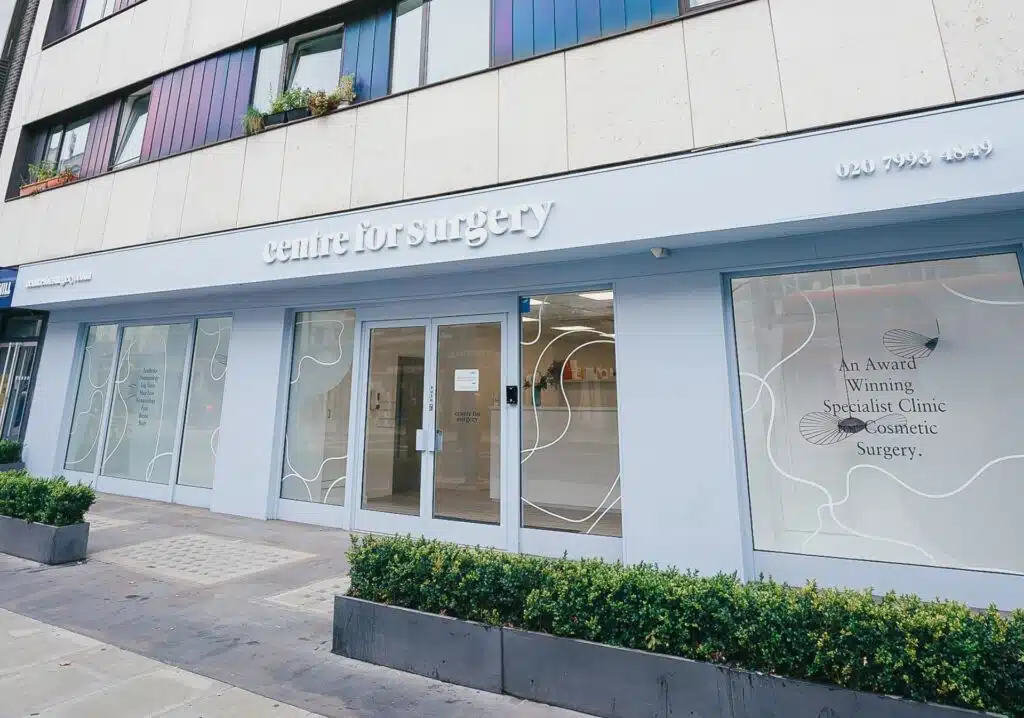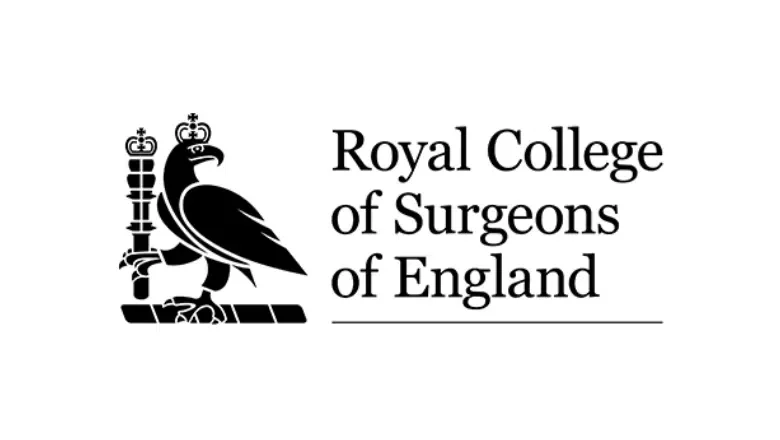If you’ve recently started researching nipple and areola corrective surgeries, the sheer variety of procedures can seem overwhelming. Understanding the different surgical options available and identifying which one is right for you is essential to make an informed decision. These procedures are designed to address a range of concerns, from inverted nipples to overly large or asymmetrical areolas, helping patients feel more confident and comfortable with their appearance.
RELATED: Nipple Reshaping – Benefits Of Areola & Nipple Surgery
This guide explores the most common types of nipple and areola corrective surgeries: inverted nipple correction, nipple reduction, and areola reduction. We’ll explain what each procedure involves, the recovery process, and how they can transform your confidence.
Inverted Nipple Correction: A Simple Solution to a Common Concern
Inverted nipples are a common issue that affects many individuals, characterised by nipples that either lie flat against the breast or appear as a small slit rather than protruding outward. While the condition is often harmless, it can affect self-esteem and, in some cases, create functional concerns such as difficulty breastfeeding.
RELATED: What Causes Inverted Nipples?
Inverted nipple correction surgery is a minimally invasive procedure that aims to give the nipple a natural outward projection. The surgery works by gently releasing and reshaping the fibres within the nipple to encourage it to protrude from the areola. The result is a more defined, aesthetically pleasing nipple that still retains sensitivity and functionality, including the ability to breastfeed.
The procedure is relatively quick, typically taking one to two hours, and can often be performed under local anaesthetic. After surgery, patients may experience mild bruising and swelling. However, recovery is generally straightforward, and most individuals are encouraged to resume normal daily activities as soon as they feel comfortable. Strenuous exercise, however, should be avoided for at least three weeks to allow the area to heal fully. Stitches are usually removed one to two weeks post-surgery, revealing the final result.
This procedure is ideal for anyone looking to correct the appearance of inverted nipples without undergoing major surgery. The transformation not only enhances the look of the nipple but also often leads to a boost in confidence and body image.
Nipple Reduction: Subtle Changes with a Big Impact
For individuals who feel self-conscious about large, prominent, or overly puffy nipples, nipple reduction surgery offers a straightforward solution. This procedure is suitable for both men and women, particularly those who feel their nipple size or shape affects their confidence, especially when wearing tight-fitting or lightweight clothing.
Nipple reduction surgery can address several aesthetic concerns. The procedure reduces the size of the nipple, balances its proportions with the areola, and can even reshape the nipple to create a more rounded, symmetrical appearance. In some cases, tissue beneath the nipple is also reduced to eliminate a domed or protruding look. These refinements help patients achieve a more proportionate and natural appearance, enhancing their self-esteem and comfort.
The surgery is performed under general anaesthetic, though some patients may prefer a light general anaesthetic for added comfort. During the procedure, the surgeon carefully reduces the size or width of the nipple to match the patient’s desired outcome. Absorbable stitches are used, and patients leave the clinic with a protective dressing. These stitches dissolve naturally within about a week, making the recovery process more convenient.
After surgery, patients typically experience swelling for the first two to three weeks, but discomfort is usually minimal. The final results become noticeable within four to six weeks as the area heals completely. Nipple reduction surgery offers subtle but impactful changes that can significantly improve body confidence.
Areola Reduction: Achieving Balance and Proportion
The areola, the pigmented skin surrounding the nipple, can vary greatly in size and shape. While individual preferences and genetics play a role, some people feel that overly large, raised, or asymmetrical areolas detract from the appearance of their breasts. Areola reduction surgery is a specialised procedure designed to address these concerns, creating a more balanced and proportionate look.
The ideal diameter for an areola is considered to be approximately 4.7 cm, although this varies depending on individual anatomy and preferences. If a patient’s areolas are larger than they’d like, this procedure can effectively reduce their size to create a harmonious appearance. It can also address surface irregularities, such as raised or domed areolas, giving them a smoother and more uniform look.
The surgery is typically performed under local anaesthetic, ensuring the patient feels no pain during the procedure. The process involves carefully removing a portion of the outer brown area of the areola. The surrounding skin is then tightened and brought inward, reducing the areola’s diameter while maintaining its natural appearance. The surgeon uses absorbable stitches, and an additional deep stitch is often placed within the tissue to prevent the areola from stretching over time.
Recovery is relatively straightforward. Most patients experience mild soreness for 24 to 48 hours following the surgery, but they can usually return to their normal routine within a week. It is advisable to avoid heavy physical activity for six weeks to allow the area to heal fully. Once healed, the results are long-lasting, with the reduced areola size blending seamlessly into the breast’s overall aesthetic.
Which Procedure Is Right for You?
Deciding which nipple or areola corrective surgery is best for you depends on your individual concerns and desired outcomes. Inverted nipple correction is ideal for those looking to address flat or retracted nipples, while nipple reduction caters to individuals who feel their nipples are too large or prominent. Areola reduction is suited to those seeking to resize or reshape overly large or irregular areolas.
What to Expect During Recovery
All three procedures share relatively short recovery times, with minimal disruption to daily life. Mild swelling, bruising, and tenderness are common during the initial healing phase, but these symptoms typically subside within a few weeks. Pain is usually mild and can be managed with over-the-counter pain relief.
Following your surgeon’s aftercare instructions is important to ensure optimal healing. This includes avoiding strenuous activities for the recommended period and taking care of your incisions to minimise scarring. Your surgeon will provide detailed guidance on how to care for the treated area and when to attend follow-up appointments.
Results from these surgeries are generally long-lasting, provided you maintain a stable weight and take care of your skin. Most patients report a significant improvement in their confidence and body image following the procedure.
Why Choose the Centre for Surgery?
When considering any form of cosmetic surgery, choosing the right clinic is one of the most important decisions you will make. Centre for Surgery in London is a renowned provider of nipple and areola corrective surgeries, offering a combination of expertise, personalised care, and state-of-the-art facilities.
At Centre for Surgery, the focus is always on the patient. Our highly skilled surgeons specialise in cosmetic and reconstructive breast surgery and take the time to understand your concerns and aspirations. From your initial consultation to your final follow-up appointment, the team is committed to ensuring your journey is as smooth and comfortable as possible.
Our clinic’s facilities are equipped with the latest technology, ensuring precision and safety in every procedure. Whether you are considering inverted nipple correction, nipple reduction, or areola reduction, the surgeons at Centre for Surgery will provide honest advice, meticulous surgical care, and a result that enhances your natural beauty.
If you’re ready to take the first step towards feeling more confident in your appearance, contact the Centre for Surgery today. Our friendly team will be happy to answer any questions, discuss your goals, and schedule a consultation with one of their experienced surgeons.










